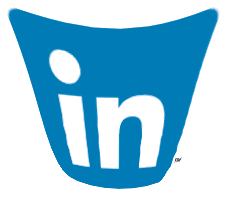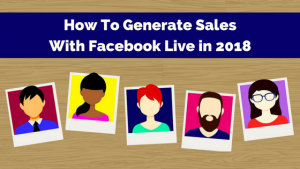However skeptical a reader might be regarding the term ‘prediction’, there are ways to leverage data to define trends. In most aspects of our daily life, consumer behavior can be anticipated. It’s the result of an in-depth analysis that follows a thought pattern, analyzes past behavior, and establishes the various elements leading to certain outcomes and potential opportunities.
HR analytics tools function in the same manner. They rely on technology that learns from existing information and provides insights that can help Human Resources affect positive change in the future.
The concept of predictive analytics revolves around data mining and analysis. Just as it’s possible to analyze past data in order to fully understand current results, it’s quite possible to utilize today’s data to predict tomorrow’s behavior.
HR predictive analytics
HR, without a doubt, is most renowned for the amount of data processed on a regular basis. A lot of the data in question relates to people, whether they are employees, clients, or third-party partners, most important of which is the data that goes into managing the workforce and recruiting new talent.
Many would argue that recruitment requires human input and that our own intuition should be the decisive factor. While this may be true for interviewing, talent assessment, and deciding which candidates are the best fit for the role there are so many other steps to recruitment that predictive analytics can simplify. Recruiters and HR will be able to view their work differently and rely on data-backed techniques to further optimize their processes.
Not only does this practice help get ahead of shifting job markets and uncertain hiring trends, but its effect on managing the current workforce can also be unparalleled. Through the right tools, companies can ascertain satisfaction levels within their teams and predict the effect of their guidelines, processes, and policies on employee productivity, happiness, and likelihood to raise the turnover rate.
Here we explore some of the elements that HR analytics can predict.
1- Cultural-fit
Cultural fit can become an issue if not handled properly. It’s natural for a company to develop its own internal ‘ways to be’, and it’s vital for the brand’s own identity to take shape. However, there are common instances where candidates pass every step of the process, go through their onboarding, and then, later on, it’s discovered that they are not a good cultural fit. This has drawbacks for both the company and the candidates themselves. It’s always best handled as early as possible to prevent employee attrition and talent dissatisfaction.
HR analytics is one way to overcome this issue. The right analysis of data relating to the company’s previous and current growth, engagement levels, and individual satisfaction within the workforce, can help paint a picture of which candidates fit your company culture. Furthermore, it’s possible to leverage this data in order to predict future employee performance. This way, the right candidates are easier to identify, roles are filled faster, and business is accelerated.
2- Employee turnover
Losing talent is an expensive endeavor.
In fact, it might just be one of the biggest challenges for companies, now more than ever. To lose an employee and replace them with another is a time-consuming process, one that catapults the organization back to square one of filling that particular need.
Furthermore, it’s a distracting hurdle that can cause certain projects to be put on hold, projects that may require that specific role to move forward. It can take the entire HR team’s focus away from an important new task and divert it towards talent acquisition.
By employing HR analytics, companies can now prevent this issue from happening. Analyzing factors such as individual growth, promotions, pay range, and inclusion within the company culture can help identify employees most likely to leave the workforce. Employee retention continues to be a thorn in every organization’s side, but it can be tempered through data analysis.
3- Workforce training
Beyond recruitment, the best scenario would include a growing workforce that evolves over time, through role-specific or team-building training. HR analytics is capable of analyzing the workforce’s performance and outlining which skills and competencies are most needed for the business’ goals. Employers can now find specific areas of focus for each employee to improve and thrive in their role.
More importantly, HR analytics can pinpoint which employees are most promising in each specific area. This changes the talent gap issue and allows companies to upskill internally, and forego hiring fresh outside talent in favor of internal candidates.
Over time, this practice reduces hiring costs and allows companies to capitulate on their workforce’s full potential, making it more important now than it ever was before.
Click here to explore our 14-day free trial.
Business & Finance Articles on Business 2 Community
(35)
Report Post





